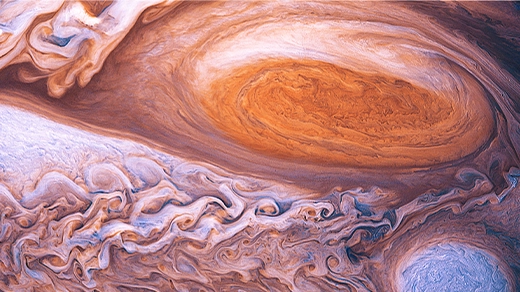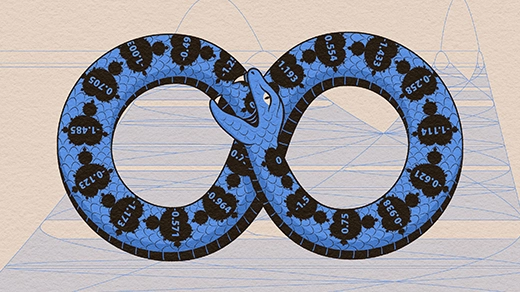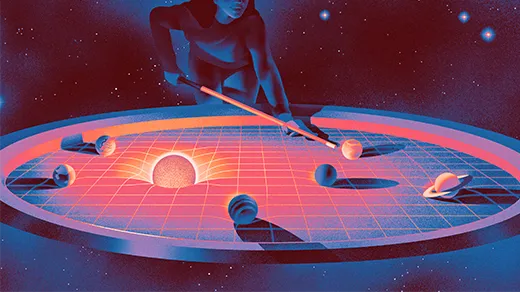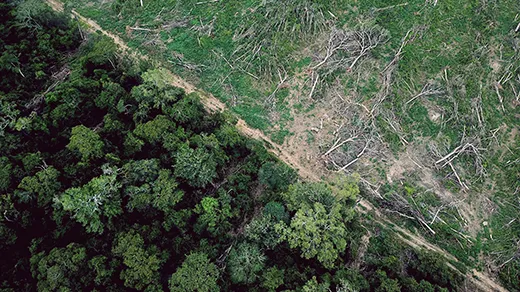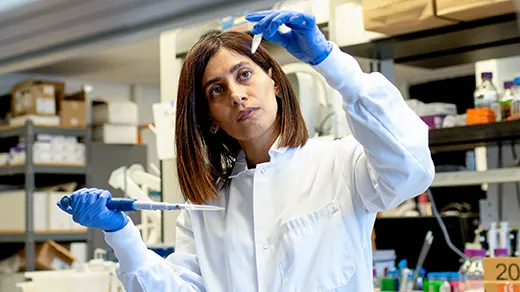What's up in
Complex systems
Latest Articles
Physicists Pinpoint the Quantum Origin of the Greenhouse Effect
Carbon dioxide’s powerful heat-trapping effect has been traced to a quirk of its quantum structure. The finding may explain climate change better than any computer model.
The New Math of How Large-Scale Order Emerges
The puzzle of emergence asks how regularities emerge on macro scales out of uncountable constituent parts. A new framework has researchers hopeful that a solution is near.
‘Entropy Bagels’ and Other Complex Structures Emerge From Simple Rules
Simple rules in simple settings continue to puzzle mathematicians, even as they devise intricate tools to analyze them.
The Quest to Decode the Mandelbrot Set, Math’s Famed Fractal
For decades, a small group of mathematicians has patiently unraveled the mystery of what was once math’s most popular picture. Their story shows how technology transforms even the most abstract mathematical landscapes.
New Proof Finds the ‘Ultimate Instability’ in a Solar System Model
For the first time, mathematicians have proved that planetary orbits in a solar system will always be unstable.
A New Idea for How to Assemble Life
If we want to understand complex constructions, such as ourselves, assembly theory says we must account for the entire history of how such entities came to be.
Simpler Math Predicts How Close Ecosystems Are to Collapse
By replacing thousands of equations with just one, ecology modelers can more accurately assess how close fragile environments are to a disastrous “tipping point.”
Starfish Whisperer Develops a Physical Language of Life
Nikta Fakhri is adapting and extending concepts from physics to describe how tiny biological components give rise to living organisms.
The Year in Math
Four Fields Medals were awarded for major breakthroughs in geometry, combinatorics, statistical physics and number theory, even as mathematicians continued to wrestle with how computers are changing the discipline.

